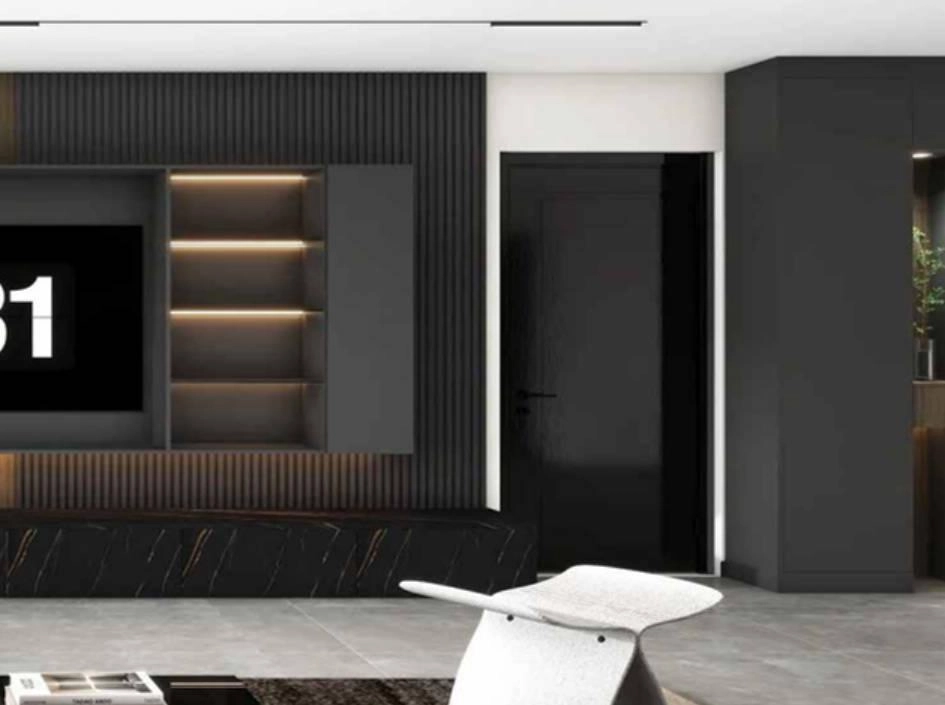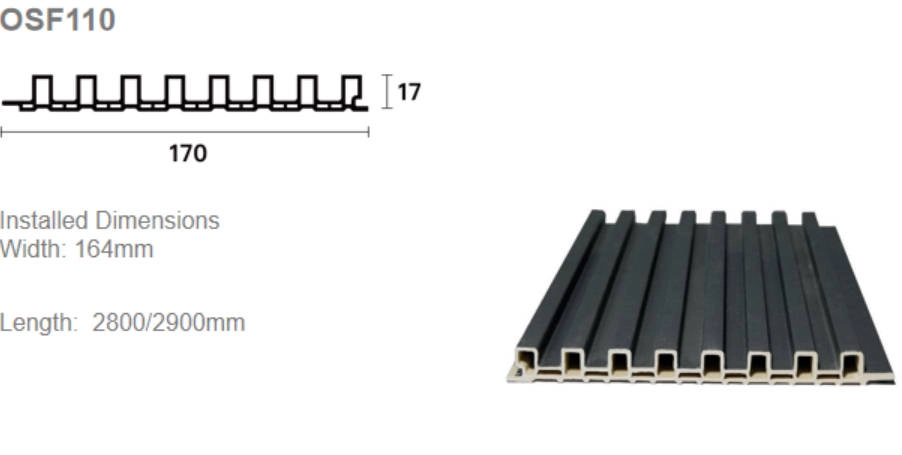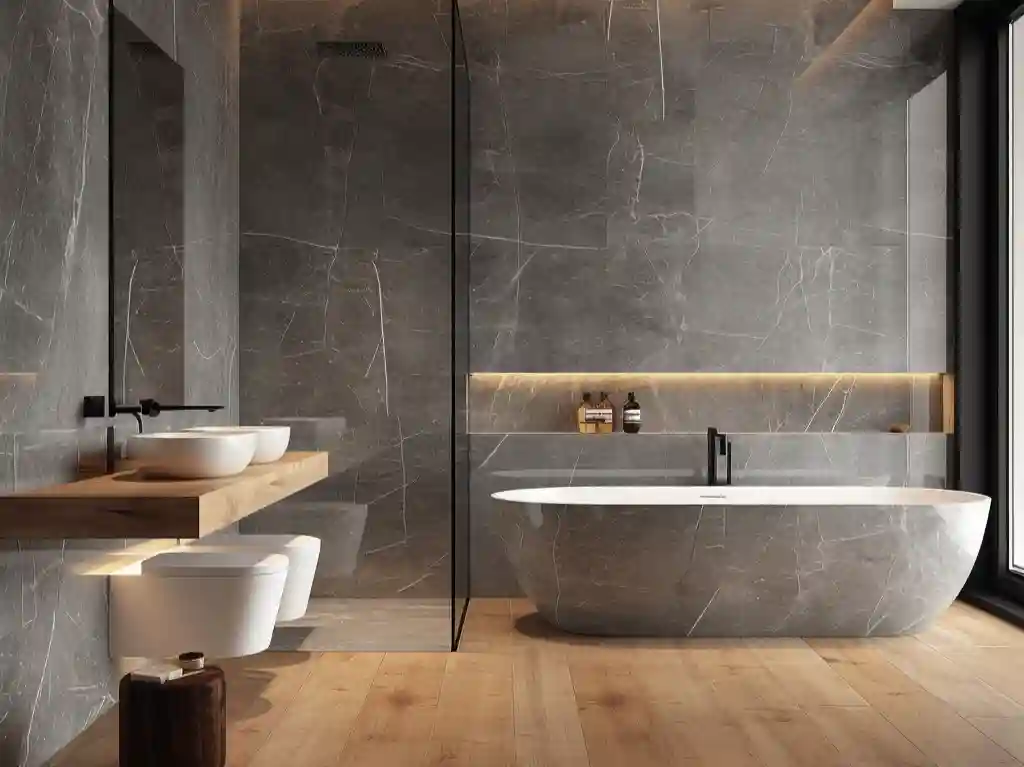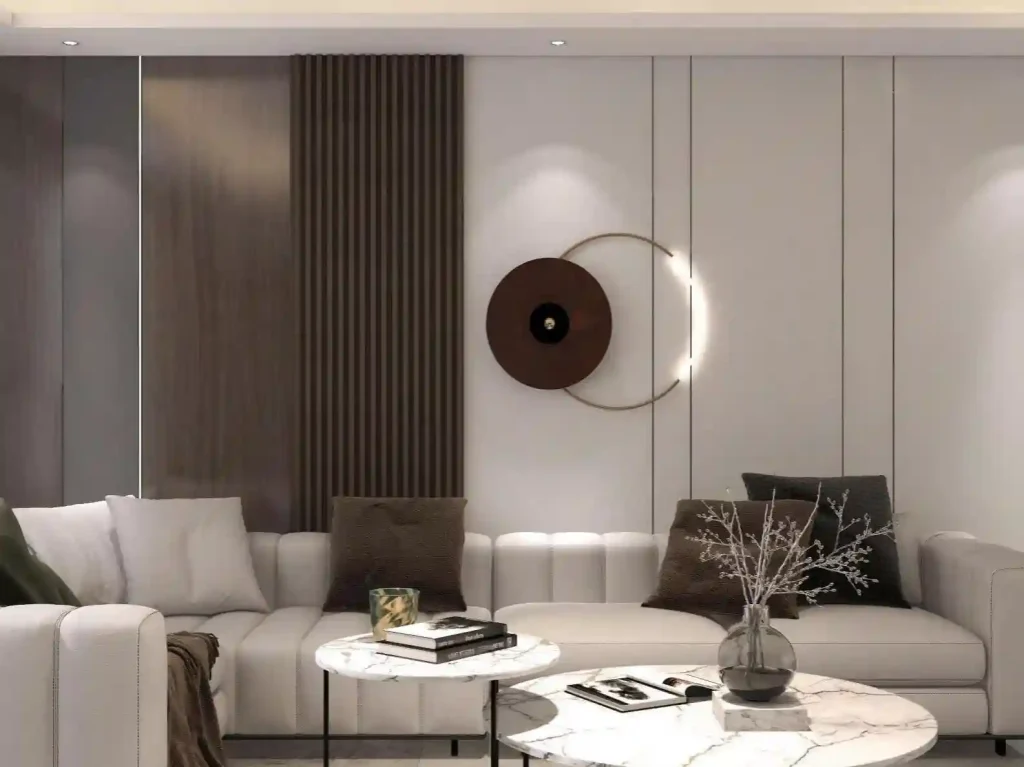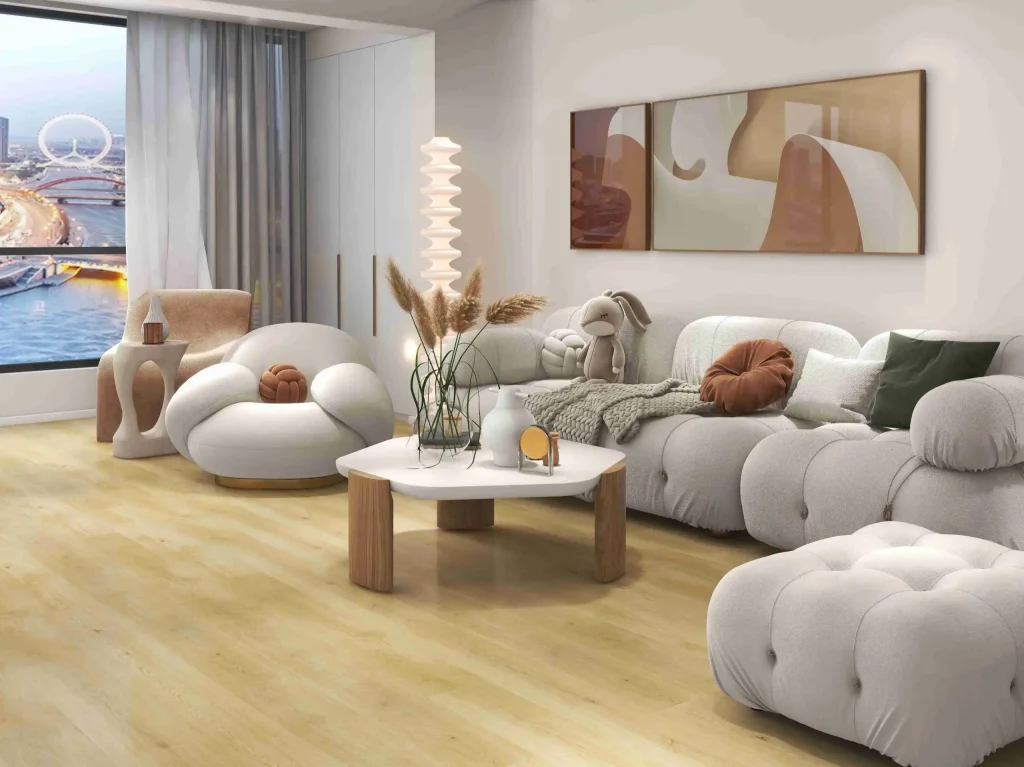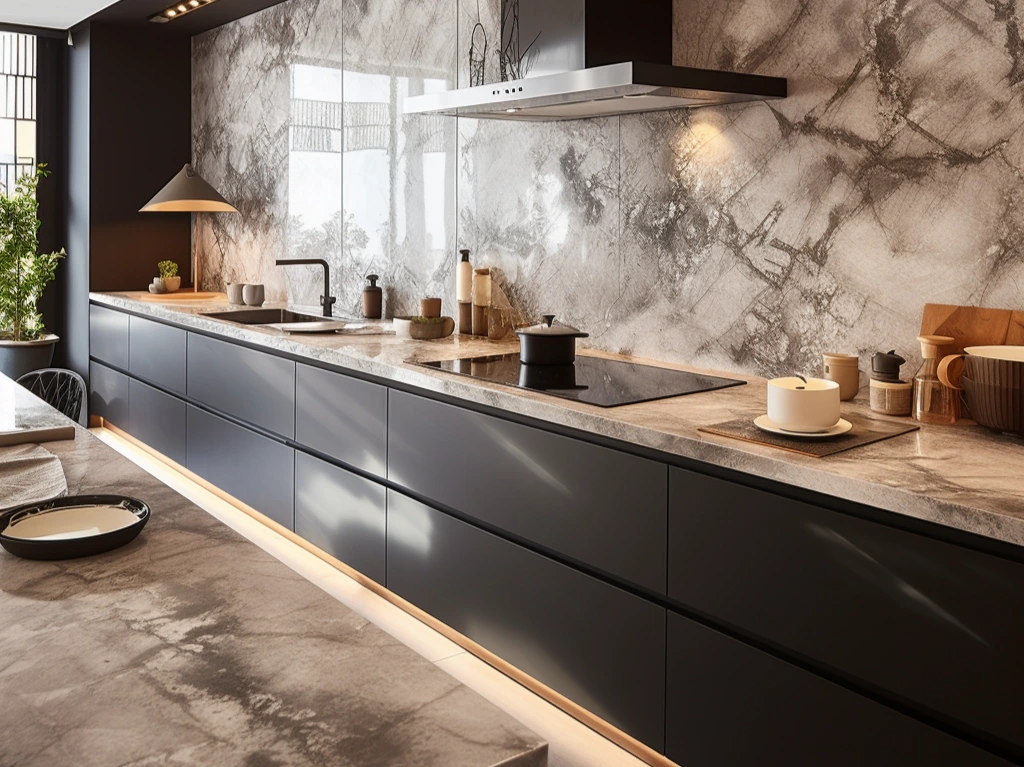Exploring Fluted and Reeded Wood Wall Panels
What Are Fluted Wood Wall Panels?
Fluted wall paneling is a styling feature of side-by-side parallel vertical grooves or channels on the surface of a panel. The grooves give a roughened appearance to walls, imparting character and depth. Fluted wood wall panels are a favorite in homes and offices, producing a contemporary yet timeless atmosphere. Fluted design complements many materials, such as WPC coating, to make it stronger and sustainable.
Besides aesthetics, fluted wood panels also function as sound absorbers, and so they are best suited for use in spaces you want to boost acoustics. They’re also lightweight, which makes them easy to install. And as the icing on the cake, these are available in several finishes to allow you to make them coordinate with any type of style. Flexible fluted wall panels have even broader options, from curved to spaces with an irregular shape.
What Are Reeded Wood Wall Panels?
Reeded wood wall panels are similar to fluted ones but have a different texture and groove depth. Fluted panels have neat, evenly spaced channels. Reeded panels, though, boast rounded ridges, creating a gentler, more touchable surface. This design often suits traditional spaces but has been updated for modern settings too.
In Latitude, reeded panels bring warmth and texture without overpowering a room’s look. Like fluted panels, they can be crafted from materials such as WPC piso, blending style with practical perks like moisture resistance and long life. The rounded ridges make reeded panels perfect for subtle visual flair while keeping things cohesive.
Fluted vs. Reeded Panels: Performance and Uses
Structural and Visual Differences
The main difference between fluted and reeded wood wall panels is their design. Fluted wall paneling has crisp, straight grooves that highlight vertical lines, making walls seem taller and bolder. This trait suits modern or minimalist spaces where clean lines shine.
Reeded panels, on the other hand, have softer, curved ridges. They work well in traditional or transitional rooms. Their texture adds a cozy, welcoming feel. Visually, fluted panel wall design feels polished and formal. Reeded designs, however, seem more relaxed and friendly. Both can be tailored with various finishes or colors to match specific decor themes.
Durability and Eco-Friendliness
Both fluted and reeded panels gain from advanced materials like WPC (Wood Plastic Composite). This mixes natural wood fibers with high-density polyethylene for top-notch performance. WPC offers benefits like water resistance, pest protection, and strong fire resistance. It’s ideal for humid or temperature-shifting spaces.
WPC’s eco-friendly nature adds to its appeal. It’s recyclable and supports sustainable practices by cutting down on natural wood use. Products like WPC wall design for living room need little upkeep compared to standard wood panels.
For durability, fluted designs might collect dust in their sharp grooves but are easy to clean with routine care. Reeded panels, with smoother ridges, trap less dust but may need occasional polishing to stay sharp. Both types adapt to various uses with materials like piso plastic, improving ease of use and lifespan.
By blending style and function, options like fluted wall panels wood let designers craft unique, lasting, and eco-conscious interior solutions.
Picking the Best Fluted Wood Wall Panels for Your Needs
Installation and Upkeep Tips
Choosing fluted wood wall panels means thinking about setup and care. These panels are built for easy installation, often using click-lock systems. WPC coating materials make things even simpler—no glue or nails needed. You just align the panels and secure them with basic tools. This makes it doable for DIY fans.
Upkeep for fluted wall paneling is light compared to traditional wood. Materials like WPC piso resist moisture, bugs, and wear, lasting long with minimal effort. A quick wipe with a damp cloth or mild soap keeps them looking great. Flexible fluted wall panels also adapt to tricky surfaces, easing both setup and long-term maintenance.
Cost and Green Factors
Cost matters when picking paneling. Fluted wall panels wood might cost more upfront due to their quality materials and design. But they save money over time with their durability and low care needs. For instance, WPC wall design for living room boosts style while cutting replacement or repair costs.
Sustainability drives these panels’ popularity too. WPC blends wood fibers with high-density polyethylene, creating an eco-friendly product that reduces waste and saves forests. These panels are recyclable and free of harmful chemicals like formaldehyde, meeting today’s green standards.
Latitude Leads Fluted Wall Panels in 2025
Simple to Install
Latitude has transformed the market with its fresh take on fluted panel wall design. Their products focus on easy setup without skimping on quality or style. Using advanced materials like WPC, our panels install fast and securely on all sorts of surfaces. This speed helps big projects with tight timelines.
Our pre-finished panels skip extra treatments or coatings after setup. This cuts time and costs, making Latitude a go-to for contractors and homeowners.
Blending Durability and Style
Latitude excels by combining toughness with beauty in its fluted wall panels wood lineup. Materials like piso plastic guard against moisture, warping, and fading. This makes WPC-based fluted panels perfect for homes or businesses.
From sleek modern looks to cozy natural textures, Latitude’s designs fit varied tastes with ODM/OEM service. Our fluted wall paneling comes in multiple colors and patterns for custom vibes. Whether it’s a sharp office or a warm living room with WPC wall design, these panels elevate spaces while staying strong.
With a focus on sustainability, innovation, and happy customers, Latitude keeps leading the way in top-notch fluted wall paneling solutions for all kinds of spaces.
FAQ
Q: What’s the main difference between fluted and reeded wood wall panels?
A: Fluted wall paneling features sharp, vertical grooves that create a bold, linear look, ideal for modern spaces. Reeded panels have rounded ridges, offering a softer, more tactile texture that suits traditional or cozy interiors. Both can use materials like WPC coating for durability.
Q: Are fluted wall panels wood or reeded panels better for acoustics?
A: Fluted wall panels wood are excellent for sound absorption due to their grooved structure, making them great for spaces like offices or home theaters. Reeded panels also help with acoustics but are slightly less effective because of their rounded ridges.
Q: Can I use flexible fluted wall panels in unique spaces?
A: Yes! Flexible fluted wall panels are designed to fit curved or unconventional surfaces, offering versatility for creative designs in homes or commercial spaces.

